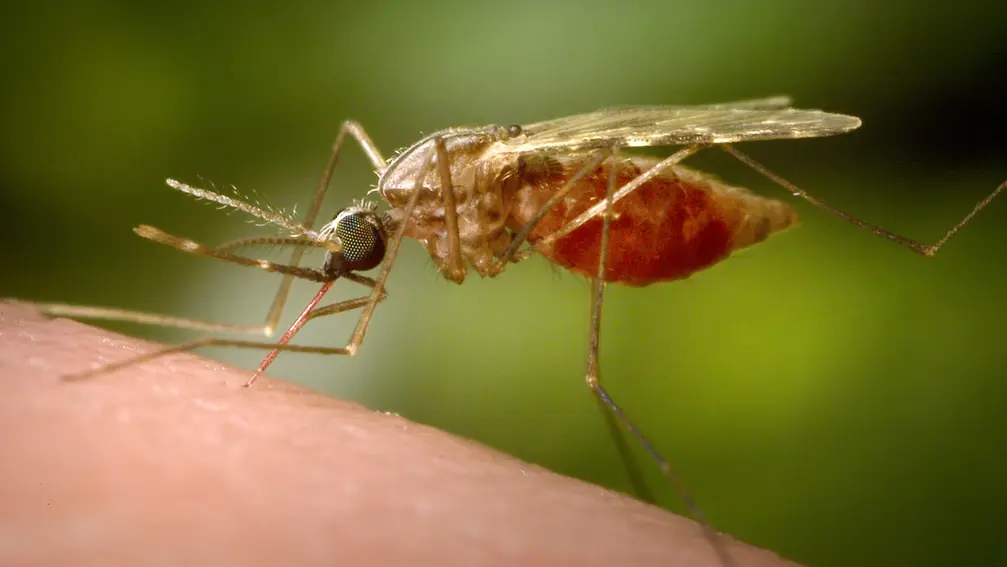T4K3.news
Chikungunya outbreak expands
China reports rising chikungunya cases as authorities expand vector control measures.

Outbreak in China triggers public health actions as cases rise and cross border infections emerge.
Chikungunya Outbreak Surges in China Prompting Broad Health Measures
China has reported about 10,000 chikungunya cases as part of what officials call the largest outbreak of the virus on record in the country. The southern city of Foshan in Guangdong province remains the epicenter, and the virus has reached Hong Kong with five cases this year and Taiwan with its first infection linked to the mainland outbreak. Chikungunya spreads through mosquito bites and can cause fever, joint pain, headache, muscle pain and rash. The risk group includes the young and the elderly, as well as people with pre existing conditions.
Authorities have moved quickly to curb the spread, distributing mosquito nets, spraying clouds of disinfectant, and enforcing fines for standing water. Drones have been deployed to identify breeding grounds. The U.S. FDA recently lifted a pause on a chikungunya vaccine, while the UK Health Security Agency says its teams monitor vectors and advise health professionals and the public. Experts warn that climate change and urbanisation may expand the mosquitoes range, potentially bringing chikungunya to new areas in Europe as travel continues.
Key Takeaways
"The spread shows how fast a local outbreak travels in a connected world"
Commentary on cross-border risk
"Vector control will be essential this season"
Public health note
"People fear the unseen enemy in their neighborhoods"
Public sentiment
The outbreak highlights how quickly a local health threat can become regional in a connected world. It shows the importance of combining traditional vector control with modern tools like drone surveillance and clear public messaging. The episode also tests the balance between enforcing public health rules and safeguarding civil liberties, especially when fines and movement restrictions are considered. In the long term, sustained investment in monitoring, data sharing, and cross border cooperation will determine whether this is a contained spike or a turning point in regional disease risk.
Highlights
- Mosquito nets are the quiet frontline of public health
- Travel and climate are rewriting the map of disease
- Fines for standing water reveal strict local enforcement
- The next weeks will test how quickly data informs action
Public health policy and cross-border risk
The outbreak raises questions about funding for vector control, cross-border communication, and the balance between enforcement and civil liberties as authorities respond to rapid spread.
The real test is whether data translates into swift, coordinated action.
Enjoyed this? Let your friends know!
Related News
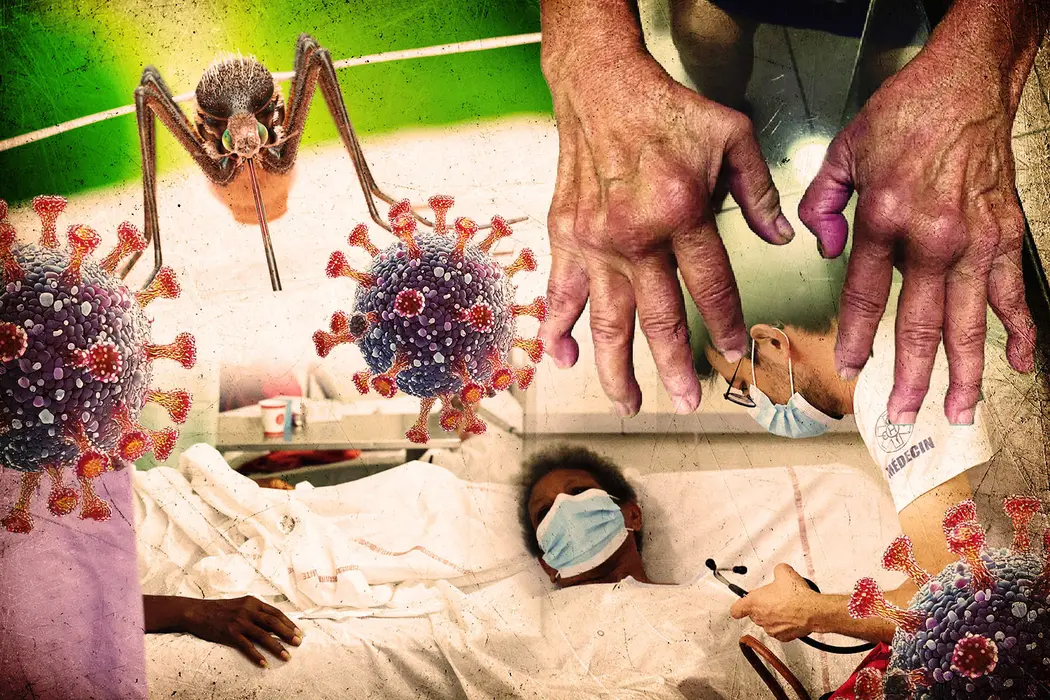
WHO warns of chikungunya virus outbreak

Travel warnings issued for parts of Europe
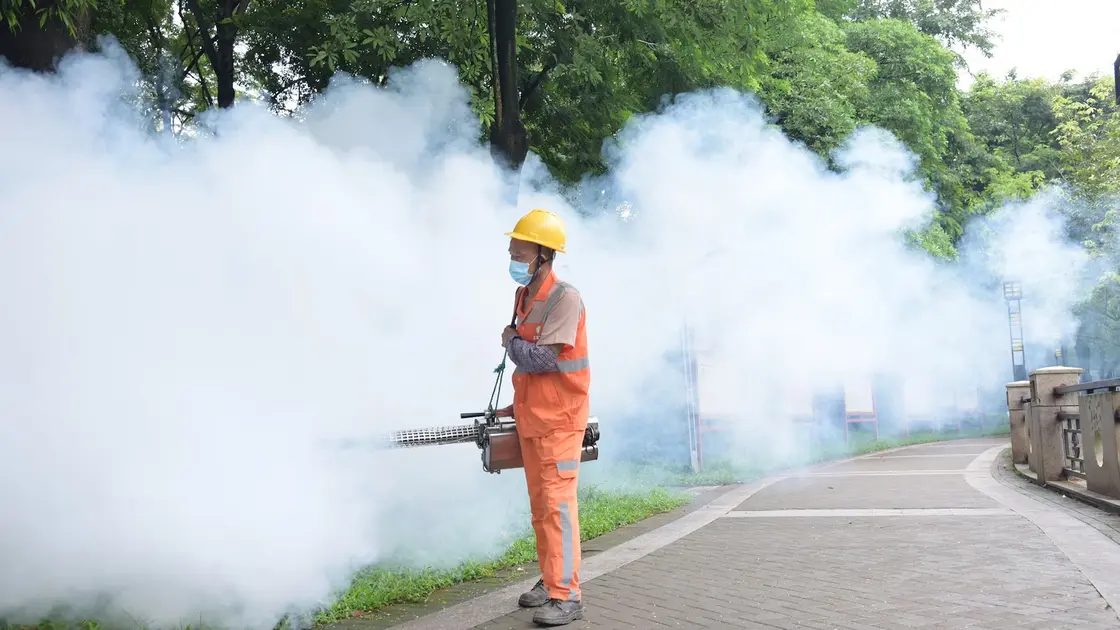
CDC issues travel warning for chikungunya outbreak in China

Chikungunya outbreak expands in China
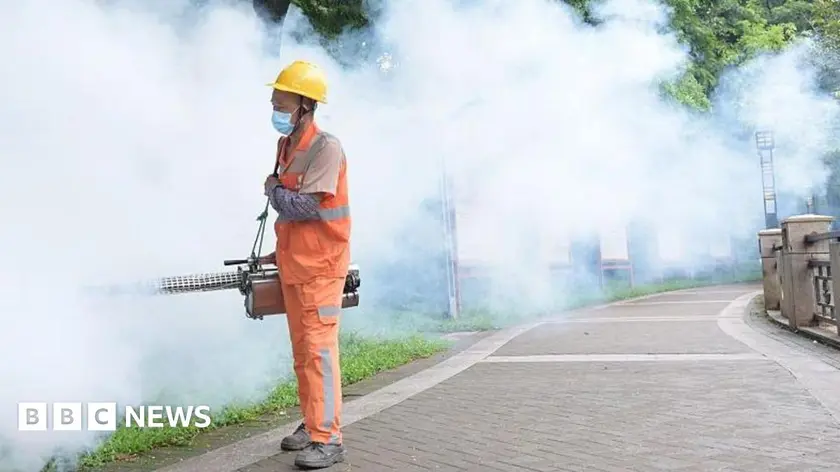
China reports over 7000 chikungunya cases

Chikungunya outbreak prompts bold measures in Guangdong
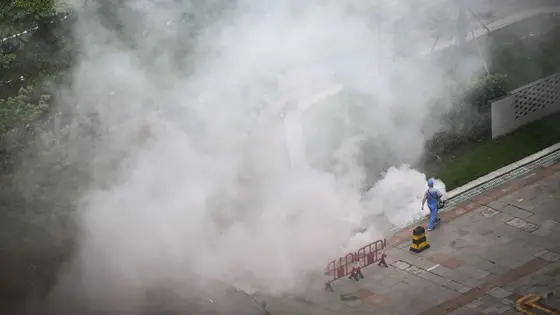
China faces significant chikungunya outbreak
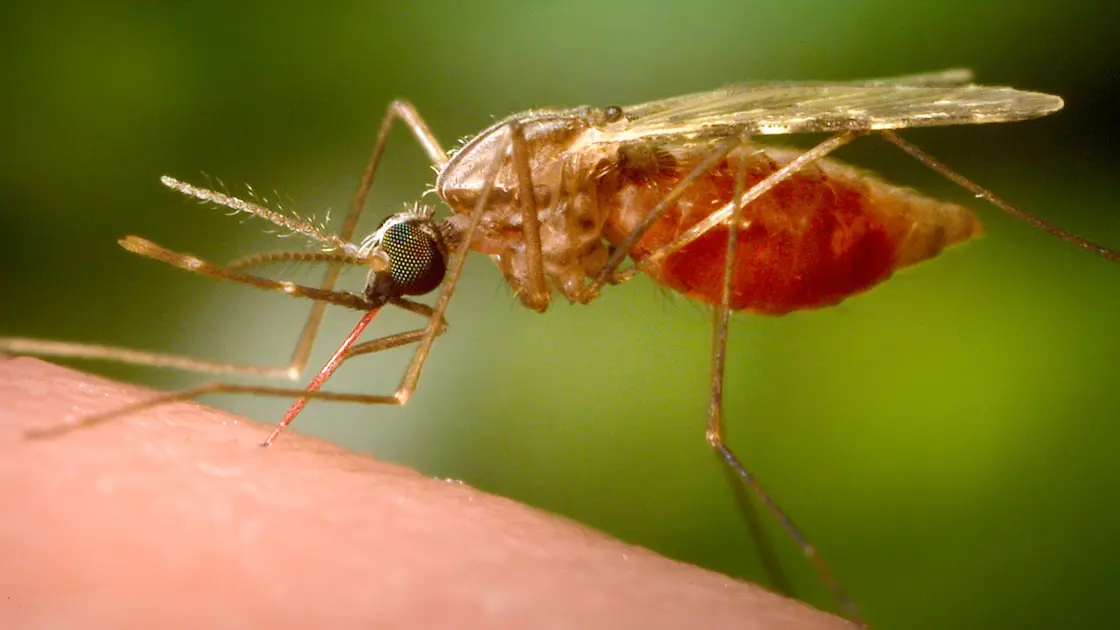
Chikungunya virus cases surpass 7,000 in China
